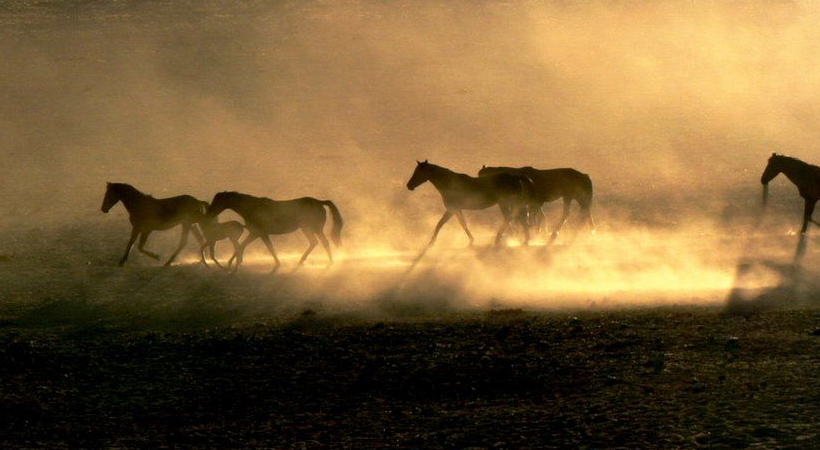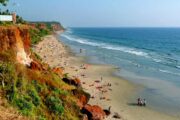Can the wild horses of Namibia be saved? Lack of tourists due to the pandemic makes their situation worse

Wild horses are the lifeblood of the Namibian economy, drawing tourists who come to see them living amid inhospitable sand dunes and the barren plains. It is estimated that the wild horse population has declined from 286 in 2012 to just 65 adults now.
A hotel owner Bernd Roemer told CNN last year, “If an attraction like the horses would fall away it will not kill tourism completely, but it will make a strong indent.”
Biologist Telane Greyling says the future of the herd rests on a few precious foals, yet only one, named Zohra, has survived to see its first birthday in the past seven years.
CNN carried out a detailed analysis on the matter and stated that the condition of these wild horses has caused concern in the nearby community of Aus, a small town on the fringes of the Namib-Naukluft National Park.
It’s still debated exactly how the Namibian desert became home to a herd of wild horses. One theory is that diamond prospectors brought horses more than a century ago to since-abandoned mining fields, says CNN. Another theory, according to author and historian Manni Goldbeck, is that they arrived with South African soldiers, who in 1915 landed in Luderitz, a town to the south. Later the troops were bombed, Goldbeck says, scattering the horses into the Namib coastal desert, where they remained. In any case, this has been their home for over a century, but their numbers are dwindling fast.
One reason is the presence of hyenas. Hyenas have been responsible for scores of horse deaths and in early 2019 the Ministry of Environment and Tourism (MET) reported it had killed three hyenas thought to have preyed on foals, after attempts to relocate them had failed. In the middle of last year, the MET drew up a 2020-2029 management plan for Namib horses, which included supplemental feeding and water, and predator management, says the CNN report. Hyenas would not be killed or captured but would be scared off to protect horses. The horses would not be moved, but in times of drought and severe predation they would be fenced off. Drought has been the main concern for the new foals.
During the Covid-19 pandemic tourist numbers have dwindled. “The last few weeks (felt) like we have the place to ourselves again,” says Christine Swiegers, secretary of the Namibia Wild Horse Foundation tells CNN.
“Even without predation, it’s the seven-year generation gap that is a threat to the future of the population,” Greyling explains. “It means that in 2026 there’s going to be no mare that’s in the age group 7-15 years, which is the main reproductive age of the population.”
“I will be delighted if I’m wrong,” she adds.



